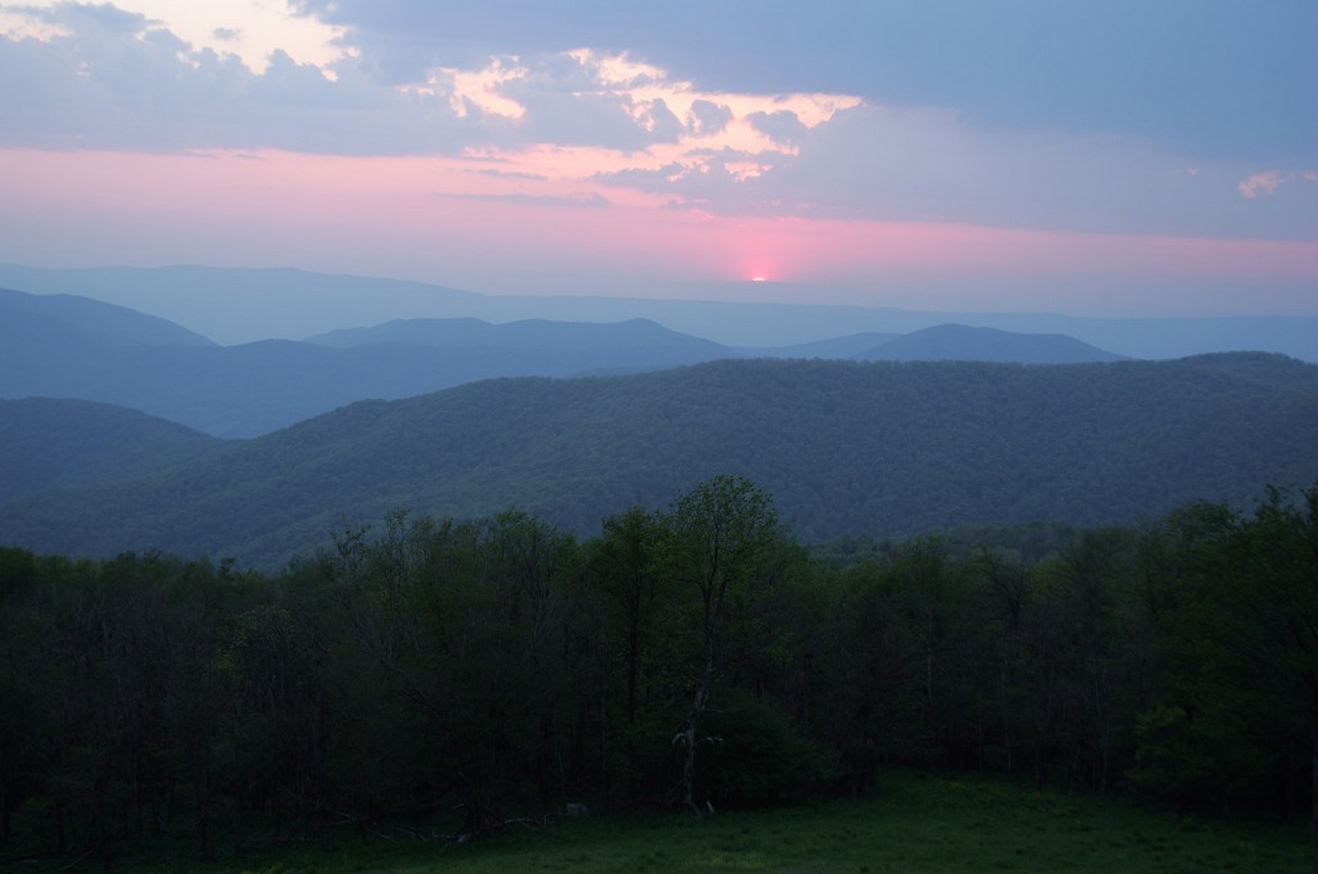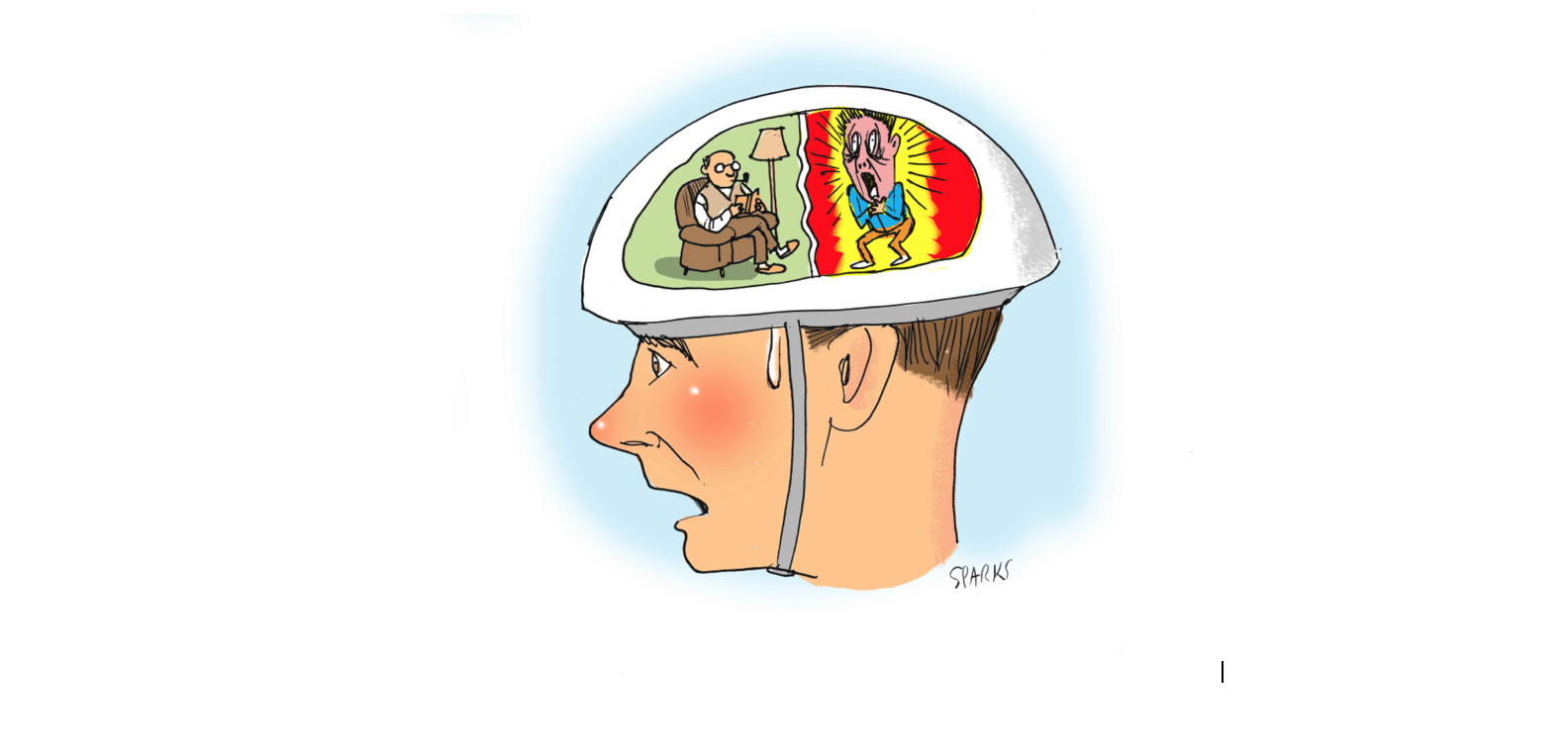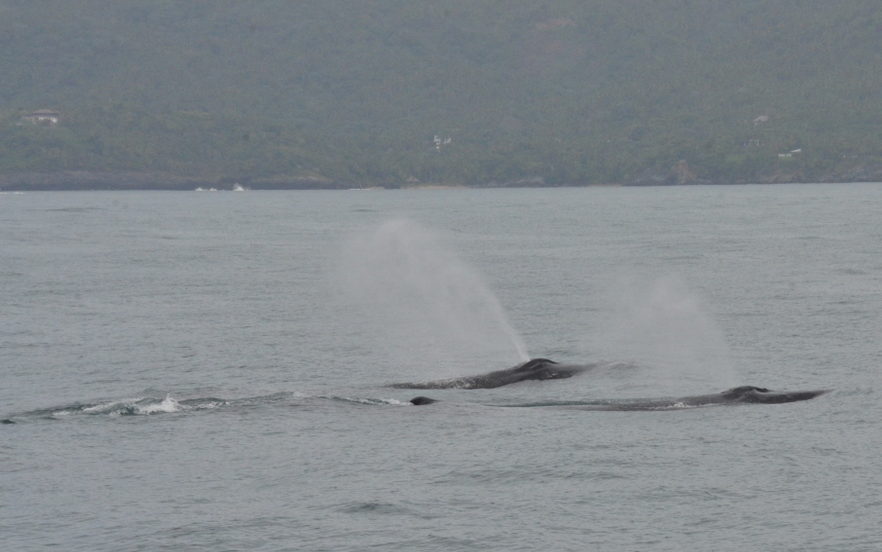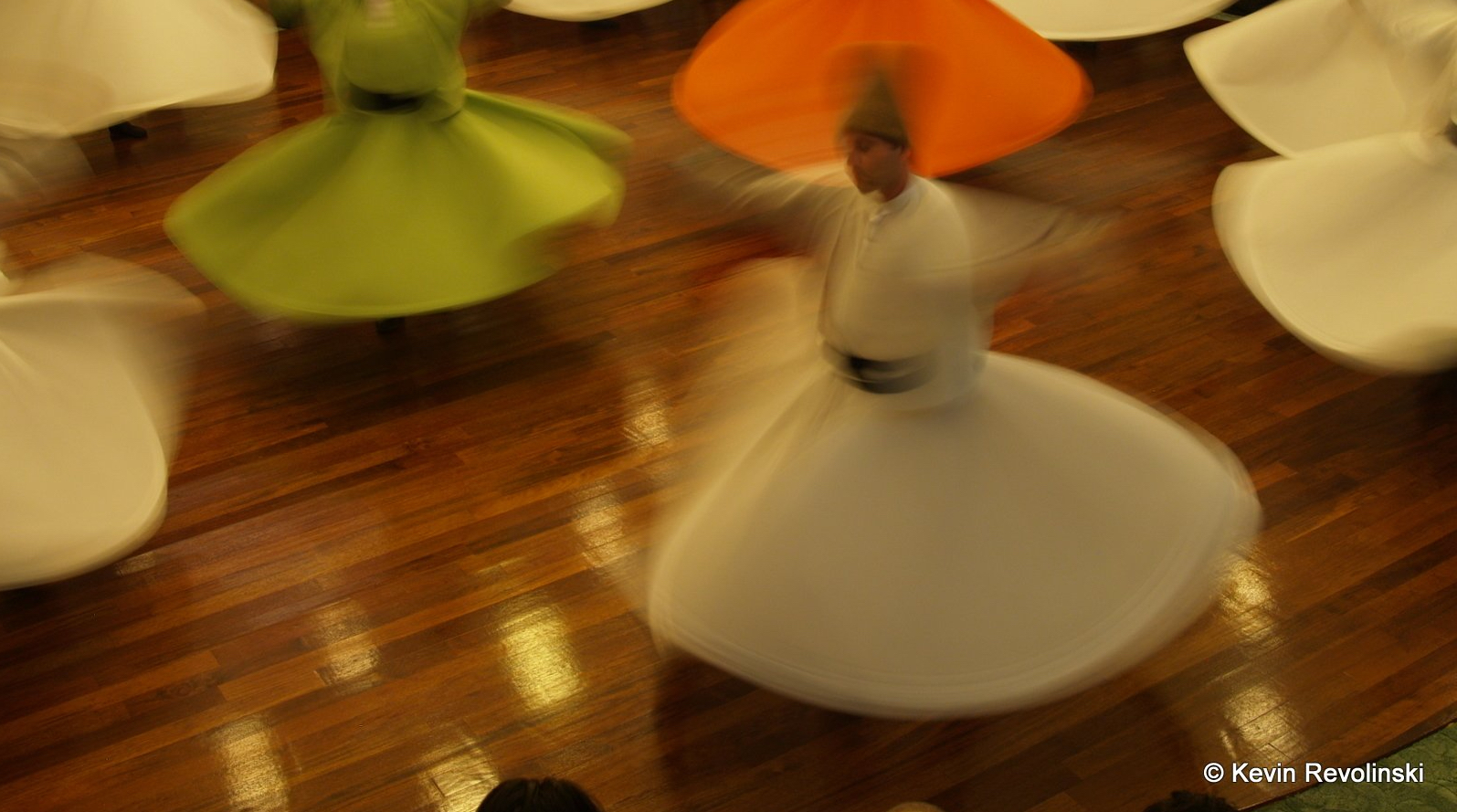I hope the city fathers of Roanoke, Virginia know what they have here. But I’m not certain they do.
They’re building buildings, flaunting their God-given resources, and dreaming up events to make the place interesting with kite festivals, marathons, and more.
They’re building out a 174,000-square-foot, kid-friendly civic center with an aquarium, a butterfly room, an interactive science museum, and a restaurant with a view.
They want you to know how many nature trails they’ve got, and how many city parks. But in the process of trying to position themselves as one of the East Coast’s great cities, they may be overlooking the fact that they already have something much cooler. Roanoke is one of America’s great towns.
What Boulder, Colorado is to the west of the Mississippi, Roanoke is to the East. Or at least it’s well on the way to getting there. It has soul. It has character. It has a specific sense of place. And it’s well worth a visit.
To Market, to Market
I arrive in Roanoke at 9 a.m., only to discover that nothing opens till 11. There are gardeners out, tending to the city’s flowerpots. And there are a few window washers at work. With the sun already up and the streets still empty, you get the feeling downtown had a hard night, and is waking up with a little bit of a hangover.
That’s not criticism, by the way. I get the same feeling walking around Amsterdam in the morning. And I love Amsterdam.
Anyway. Nothing to do but wander for a few hours. Luckily, Roanoke is conducive to wandering. Which I do, starting with a turn up Market Street, past their Historic Farmers’ Market Stalls. This two-block-long, open-air market started way back in 1882, and has been going strong ever since-the oldest continuous market in Virginia. It’s open seven days a week, every day of the year, except Christmas Day and New Year’s Day. Plan accordingly. Nothing makes a place feel like a community quite the way an outdoor market does, if you ask me. It turns a chore into a block party.
Directly opposite the market stalls is the sturdy old red-brick Feed and Seed Building. The most interesting tenant of which is the Sumdat Farm Market. They got sum dis. And sum dat. And they got a sense of humor. They also have a highly-developed sense of style.
In fact, the merchandise, besides being mouth-watering, is displayed with the kind of finesse you expect of a Soho boutique. Bone Suckin’ Mustard. Watermelon rind pickles. Chocolate linguine. Virginia Butter Mints. Spirited Peaches. Margarita Jelly. Botanically brewed Ginger Beer. And Black Snake Tupelo Mead.
Annette Fleisher is there minding the store. I ask her if I can just wander around and take a few snapshots. She looks me over for a few seconds, up and down. Then asks, “You gonna steal anything?” I promise her I won’t. After a few more seconds to consider whether or not I was a liar, she gives me a nod, apparently satisfied that I am not the thieving kind.
It was still early when I finished, and I wanted coffee. “There’s Mill Mountain Coffee,” Annette tells me. “Just down the block and over a bit.”
Extraordinary Art of All Sorts
Despite the fact that there is not a strong university presence in Roanoke, Mill Mountain Coffee looks as if it would be right at home on Harvard Square. Worn wooden floors. Chalkboard menus. A community bulletin board thick with announcements for exhibits, events, and concerts of all kinds. I order a Southern Pecan coffee from a slender, blond barista in a black t-shirt, shorts, and ripped fishnet stockings.
I find my way to a café table. Pretend to read. And watch the morning parade.
When I finish, I step out into what is now hard daylight. It’s April, and still cool outside, so every additional degree of warmth the passing hours bring feels like a blessing. One block down and over a bit, I spy an art gallery that features the work of regional artists, The Market Gallery. And I venture in.
I expect to find some reasonable attempts at rolling landscapes. Some crude renderings in bright colors, trying to pass themselves off as “primitives.” It turns out, I was about to get my third surprise of the morning.
Almost without exception, the art showed extraordinary craftsmanship. A sense of drama. And an urbanity that caught me off guard. Even with some of the more countrified images – still lifes of pears, for example – the artist composed the scene in a delightfully non-traditional way, with the fruit standing erect and in a long row. More like a team photo than a Cezanne imitation.
It was nice to find the local artists creating art. And not mementos.
Two museums provide Roanoke with its cultural foundation, along with a symphony orchestra, which has a wonderful reputation, and which I hope to hear on my next visit. The museums are the Taubman, and the O. Winston Link Museum.
The architecture of the Taubman was designed to mimic the serrations of the nearby Blue Ridge mountains, and to simulate a locomotive passing through them. The museum director, Della Watkins, scrunched up her face a little telling me that, as if she couldn’t quite see it. And frankly, neither could I. Oh well.
The Wonderful Taubman
While I was at the Taubman museum, they were featuring an exhibit entitled Fifty Great American Artists. Now, when you’re curating a show like this, you can do it two ways. You can do it like a salesman. Meaning, you can fill your space up with artists whose names will draw a crowd. Or you can do it like an art lover, with artists whose work will blow people’s minds a little.
In this case, the Taubman did a little of both. It showcased the works of legendary painters Winslow Homer, Thomas Hart Benton, and Andy Warhol. But it also featured work by Audrey Flack, Ed Paschke and Gregory Amenoff, among others.
This is the kind of work that not only delights. It makes you wonder what else you have missed. It makes you hungry to see more.
Besides the Fifty Great American Artists exhibit, the museum offered a few other highlights. The work of Jean Helion, a leading figure of the Paris art scene in the 1930s, with strong ties to this part of Virginia. And Earthly Delights, a collection of Judith Leiber handbags.
Night Trains Worth Savoring
The O. Winston Link museum pays tribute to the city’s railroad heritage, and features the work of a man who devoted his life as a photographer to chronicling the last days of the steam locomotive.
What Ansel Adams was to landscapes, Link was to trains. Judging from a short documentary on the man, he was an exacting old bastard with no patience for fools. In this age of digital photography, Photoshop, and motor drives, it would be easy for his genius to go unappreciated. Not his artistic genius, which is obvious. But his genius as a technician.
See, he photographed at night. He composed his scenes by figuring out beforehand what he wanted in the shot and what he wanted out. If he wanted it in, he lit it. If he didn’t, he didn’t.
Since the trains operated on their own schedule, and not his, Link had to be ready when they flew by. If there were people in the shot, they had to be choreographed just so. And when he clicked, he either got the shot, or he had wasted his time. What’s astonishing is how often he got it.
The Sweetness of the Blue Ridge
On my last day before heading home, I pay a visit to Blue Ridge Vineyards, a few miles outside Roanoke in Botetourt County. And I had the kind of experience that I can’t promise you will have. But I hope you do.
We park on a grassy area overlooking the vines. All pruned and ready to deliver the summer crop. It’s quiet and beautiful. If you’ve ever fantasized about having a vineyard after you’ve retired? This is it. This is the blueprint.
As I approach the barn that serves as the operations center, where the pressing, bottling and tasting take place, I hear music. Half the barn, it turns out, has been converted into an open-air pavilion, with enough seating to accommodate roughly 60 to 70 people. At this time of day, the pavilion is empty except for a young woman on a riser, playing a guitar and singing.
Ashley Rose. The sweetness and the fragility of her voice is unlike anything I have ever heard. I had always thought of country music as hokey. As gimmicky. But this wasn’t country music. It was Blue Ridge music. It was soft. And personal. And above all, sincere. Stevie Nicks on the verge of tears. There was a humility to it.
And I will never forget that girl.
Barbara Kolb, the woman who owns the vineyard, comes out to greet us. I like her instantly. She’s a former molecular biologist (biochemistry and microbiology), and when she’s not tending to her wine, she teaches at Dabney Lancaster Community College. She seems strong in spite of her age, which I’ll do her the courtesy of not guessing. She has gumption. And a broad smile that makes it clear she’s doing what makes her happy.
If she has any regrets in life, you’d never know it. She walks with the pep and lightness of someone who has a clean conscience. And, by the way, she makes some delightful wines. Particularly her cabernet franc and a beautifully crisp Riesling.
This summer, she’ll be pressing dandelion wine. And if I get back that way, I hope she’ll invite me up to her veranda to sample some.
I spend my last evening back in the city at the Down-by-Downtown Music festival, an event that features music acts performing at roughly a dozen different venues within the city’s compact center. And what I heard from the few performers I saw made me believe that the sweetness and purity and deep introspection I heard from Ashley Rose might just be the defining characteristic of Blue Ridge music. And who knows? Maybe of the region itself.
I hope it is. And I hope they don’t ever try to bottle it.
When You Go
Delta, United, and US Airways all make connections to Roanoke Regional airport. Visit Roanoke has helpful links to hotels and other entertainment options in the area.










